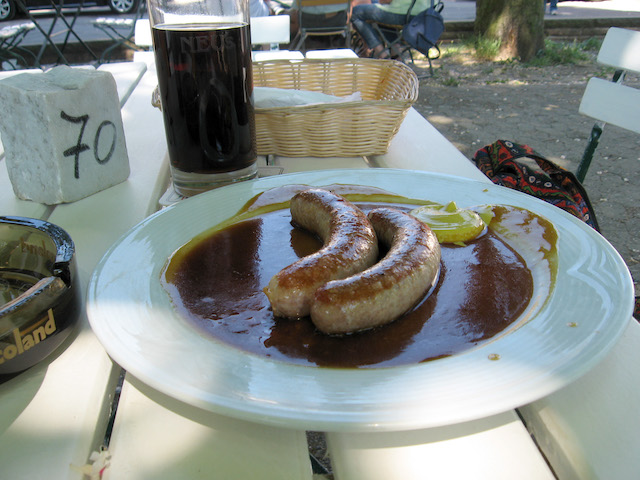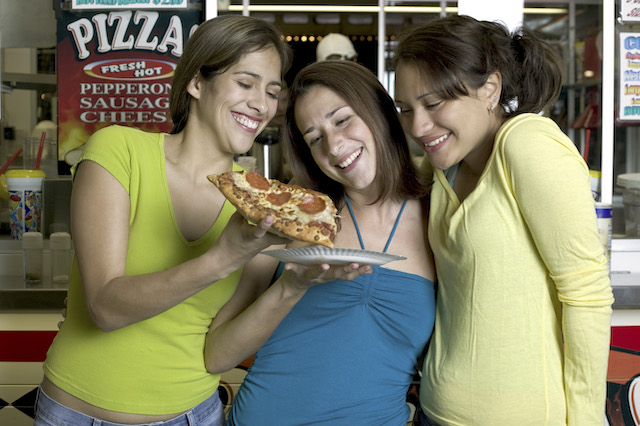How To Increase Iron Levels In Toddlers
Iron is a vital nutrient for toddlers, crucial for their growth, development, and overall health. A sufficient intake of iron helps in the production of hemoglobin, which carries oxygen in the blood, and supports cognitive development and a robust immune system. However, many toddlers are picky eaters, making it challenging to ensure they get enough iron in their diets. In this article, we will explore effective strategies on how to increase iron levels in toddlers by making iron-rich foods appealing.
How to increase iron levels in toddlers
Parents should make an effort to understand how to increase iron levels in toddlers because they require iron for various physiological functions, especially during their rapid growth phases. The recommended dietary allowance for iron in children aged 1 to 3 years is about 7 mg per day. Iron deficiency in toddlers can lead to anemia, which may cause fatigue, behavioral issues, and cognitive delays. Recognising the importance of iron is the first step in encouraging parents to introduce more iron-rich foods into their toddlers’ diets.
Common sources of iron
Iron can be found in both animal and plant-based foods. There are two types of dietary iron:
-
-
- Heme iron: Found in animal products, this type of iron is more easily absorbed by the body. Sources include red meat, poultry, and fish.
- Non-heme iron: This type is present in plant foods and is not absorbed as efficiently. Sources include legumes, leafy greens, nuts, seeds, and fortified cereals.
-
To effectively increase iron levels in toddlers, incorporating a mix of both heme and non-heme iron sources is beneficial.
Recognising iron-rich foods
Before diving into strategies for making iron-rich foods more appealing, let’s identify some key iron-rich options suitable for toddlers:
-
- Heme iron sources
– Chicken and turkey
– Beef and lamb
– Fish and shellfish - Non-heme iron sources
– Lentils, chickpeas, and beans
– Tofu
– Spinach and kale
– Fortified cereals and whole grains
– Nuts and seeds (like pumpkin seeds and almonds)
- Heme iron sources
Understanding these sources will help caregivers create a balanced and iron-rich diet for their toddlers.
Strategies to make iron-rich foods appealing
1) Get creative with presentation
Toddlers are visual learners, and an appealing presentation can entice them to try new foods. Here are some tips:
-
-
-
- Colourful plates: Serve iron-rich foods alongside a variety of colorful fruits and vegetables. A vibrant plate can stimulate curiosity and make meals more exciting.
- Fun shapes: Use cookie cutters to create fun shapes out of sandwiches, fruits, and vegetables. For example, star-shaped sandwiches or heart-shaped watermelon slices can be visually appealing.
- Use dipping sauces: Toddlers often enjoy dipping. Pair iron-rich foods like cooked vegetables or chicken strips with healthy dips such as hummus or yogurt-based sauces.
-
-
2) Incorporate iron into favourite dishes
Integrating iron-rich ingredients into meals that your toddler already loves can help increase acceptance. Consider these ideas:
-
-
-
- Smoothies: Blend spinach or kale into a fruit smoothie. The sweetness of fruits like bananas and berries can mask the taste of greens while providing a nutritious boost.
- Pasta sauces: Add pureed lentils or finely chopped spinach to pasta sauces. The added nutrition can be hidden in familiar flavors.
- Baked goods: Incorporate iron-rich ingredients into muffins or pancakes. For example, adding pureed beans or using whole grain flour can boost iron content without compromising taste.
-
-
3) Experiment with different textures
Toddlers often prefer specific textures when it comes to food. Experimenting with different preparations can help you find what they enjoy:
-
-
-
- Roasted vs. steamed: Some toddlers may prefer the crunch of roasted vegetables over steamed ones. Try roasting chickpeas for a crunchy snack or roasting spinach to enhance its flavour.
- Smooth vs. chunky: Offer both smooth and chunky versions of iron-rich foods. For example, serve mashed lentils alongside whole lentils to provide variety.
-
-
4) Make iron-rich snacks convenient
Having iron-rich snacks readily available can encourage toddlers to reach for healthier options. Here are some ideas:
-
-
-
- Nut butters: Serve almond or peanut butter with whole grain crackers or apple slices. Nut butters are delicious and provide a good source of iron.
- Trail mix: Create a toddler-friendly trail mix using unsweetened dried fruits, pumpkin seeds, and whole grain cereal. This can be a fun snack that packs a nutritional punch.
- Iron-fortified cereal bars: Look for or make homemade cereal bars using iron-fortified cereals combined with honey, oats, and dried fruits.
-
-
5) Encourage involvement in meal prep
Getting toddlers involved in meal preparation can pique their interest in the food being served. Here are some ways to include them:
-
-
-
- Grocery shopping: Allow your toddler to help pick out fruits, vegetables, and other ingredients at the store. This can make them more inclined to try what they helped choose.
- Cooking together: Simple tasks like washing vegetables, stirring ingredients, or setting the table can engage toddlers and give them a sense of ownership over their meals.
- Gardening: If possible, involve your toddler in gardening. Growing their own vegetables, such as spinach or beans, can spark interest in eating them.
-
-
6) Educate about iron
While toddlers may not fully understand the nutritional value of iron, simple explanations can help:
-
-
-
- Fun facts: Share fun and simple facts about the foods they eat. For example, say, spinach makes you strong, just like Popeye. This can help build a positive association with iron-rich foods.
- Storytelling: Create a fun story around the importance of iron, perhaps featuring a superhero whose powers come from eating iron-rich foods. This can make learning about nutrition enjoyable.
-
-
7) Offer variety
Introducing a variety of iron-rich foods can help prevent meal fatigue and encourage exploration. Rotate through different options to keep meals interesting:
-
-
-
- Weekly menu planning: Create a weekly menu that includes a mix of heme and non-heme iron sources. This can help you stay organised and ensure a balanced intake.
- Themed days: Introduce themed meal days, such as “Meatless Monday” featuring lentils or “Taco Tuesday” using beans as a filling. This can create excitement around mealtime.
-
-
8) Use iron-enhancing ingredients
Some ingredients can enhance iron absorption, making it easier for toddlers to benefit from iron-rich foods:
-
-
-
- Vitamin C pairing: Always pair non-heme iron sources with vitamin C-rich foods. For example, serve beans with salsa made from tomatoes and peppers.
- Fermented foods: Incorporate fermented foods like yogurt or sauerkraut into meals. These can support gut health, potentially improving nutrient absorption.
-
-
9) Be patient and persistent
Toddlers can be fickle eaters, and it’s essential to remain patient. Here are some tips:
-
-
-
- Offer multiple times: Do not be discouraged if your toddler refuses iron-rich foods at first. Continue to offer them in different forms and presentations.
- Avoid pressure: Encourage your toddler to try new foods without forcing them. Positive reinforcement, such as praise or a sticker chart, can motivate them to explore.
- Lead by example: Set a positive example by eating iron-rich foods yourself. Toddlers often imitate adults, so seeing you enjoy these foods can encourage them to do the same.
-
-
10) Monitor progress
Keep track of your toddler’s eating habits and iron levels. Regular check-ups with a healthcare provider can help identify any deficiencies early on.
-
-
-
- Nutritional assessments: Discuss your toddler’s diet with your paediatrician. They can provide guidance tailored to your child’s specific needs.
- Observe changes: Note any changes in your toddler’s energy levels, behaviour, or health. This can help you assess whether your strategies are effective.
-
-
Be creative
Increasing iron levels in toddlers requires creativity, patience, and persistence. By making iron-rich foods appealing through various strategies—such as engaging presentations, incorporating them into familiar dishes, and educating toddlers about nutrition—caregivers can encourage healthier eating habits. Remember that every child is different, and finding the right approach may take time. With consistent efforts, you can help ensure your toddler receives the necessary iron for their growth and development, fostering a lifelong appreciation for nutritious foods.



